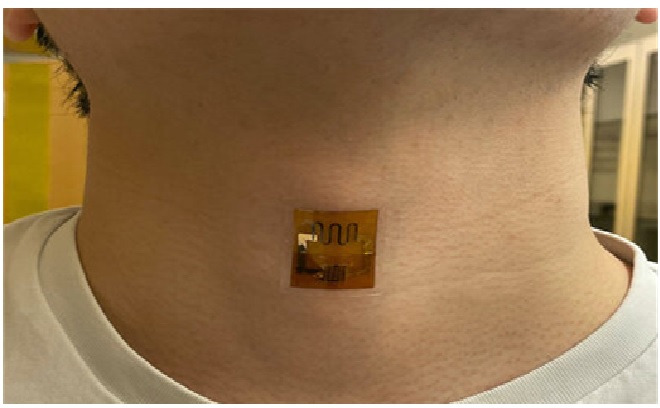Nanocrystals and Nanofibers of Chitin from Shrimp Shells
A team of Washington State University and Pacific Northwest National Laboratory researchers created nanocrystals and nanofibers of chitin, the second most abundant biopolymer in nature, from waste shrimp shells.

Figure 1: Nanoparticles from shrimp shells.
Figure 1 shows thatwhen these tiny bits of chitin, which are about 1,000 times smaller than a human hair, were added to cement paste, the resulting material was up to 40% stronger. Set time for the cement, or how long it takes to harden, was also delayed by more than an hour, a desired property for long-distance transport and hot weather concrete work. [1]
Somayeh Nassiri says, “by developing these novel admixtures that enhance the strength of concrete, we can help reduce the amount of required cement and lower the carbon emissions of concrete.”
Researchers have worked to improve concrete with a similar common biopolymer, cellulose. Sometimes cellulose additives would help the concrete, and sometimes they wouldn’t. The researchers were flummoxed as to why.
In their work, the WSU team studied the chitin materials at the nanoscale. Crab, shrimp and lobster shells are made up of about 20-30% chitin with much of the rest being calcium carbonate, another useful additive for cement.
Compared to cellulose, chitin at the molecular scale happens to have an additional set of atoms — a functional group — that allows the researchers to control the charge on the surface of the molecules and, consequently, how they behave in the cement slurry. [2]The success in strengthening the cement paste came down to how the particles suspend themselves within the cement slurry and how they interact with the cement particles.
Researcher added the processed nanocrystals of chitin to the cement, they were able to improve and target its properties, including its consistency, the setting time, strength and durability. They saw a 40% increase in strength in how the concrete can bend and a 12% improvement in the ability to compress it.
“Those are very significant numbers,” Wolcott said.The researchers are now hoping to scale up the work to begin producing the additive at large scales. The research also needs to continue to achieve the same level of enhancements seen at the cement paste scale at the concrete scale.
In addition to the WSU researchers, the interdisciplinary team included researchers from Pacific Northwest National Laboratory. The work was funded by the Department of Energy’s Advanced Research Projects Agency-Energy (ARPA-E) program which supports innovative and unconventional energy technology projects that could lead to disruptive technologies. [3]
References:
- https://news.wsu.edu/press-release/2022/08/02/researchers-improve-cement-with-shrimp-shell-nanoparticles/
- https://bioengineer.org/researchers-improve-cement-with-shrimp-shell-nanoparticles/
- https://www.eurekalert.org/news-releases/960421
Cite this article:
Sri Vasagi K (2022), Nanocrystals and Nanofibers of Chitin from Shrimp Shells, Anatechmaz, pp. 363

